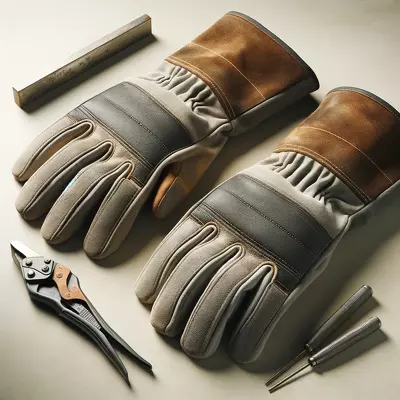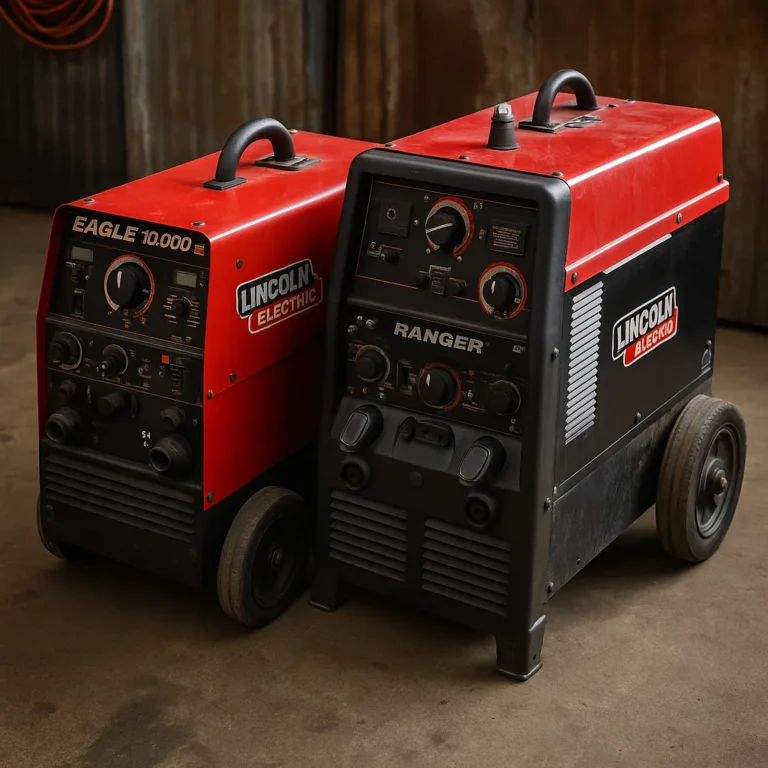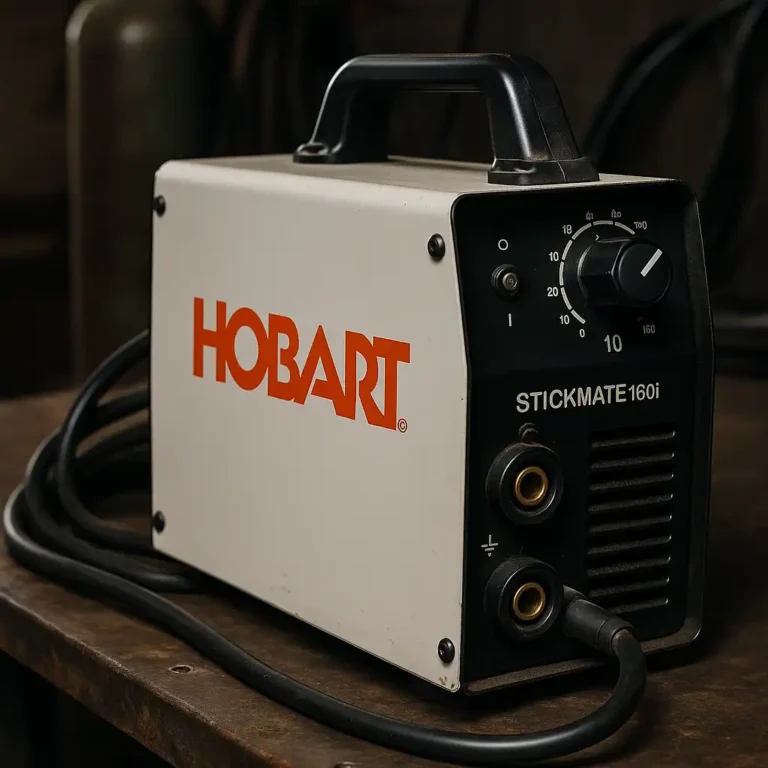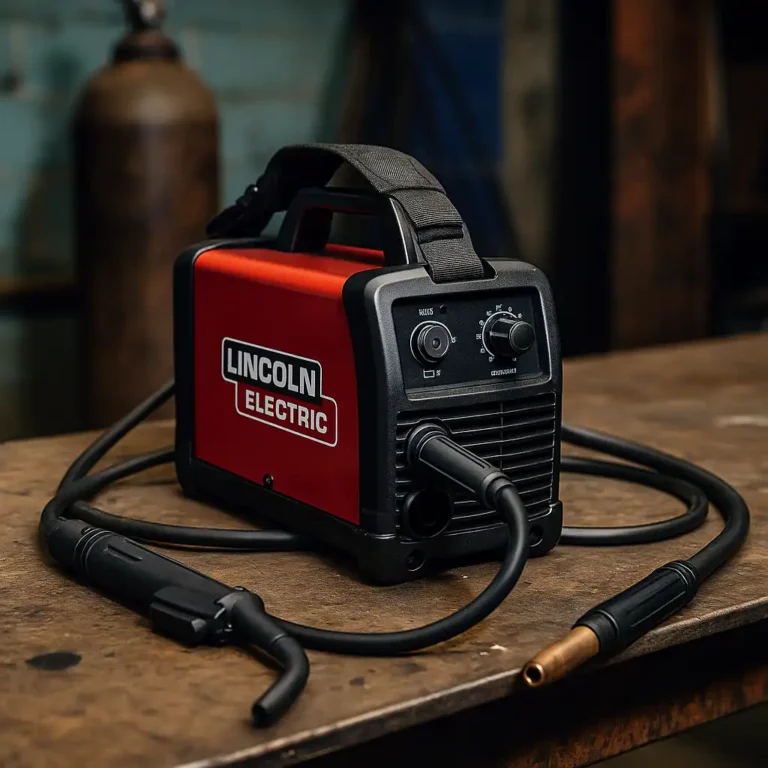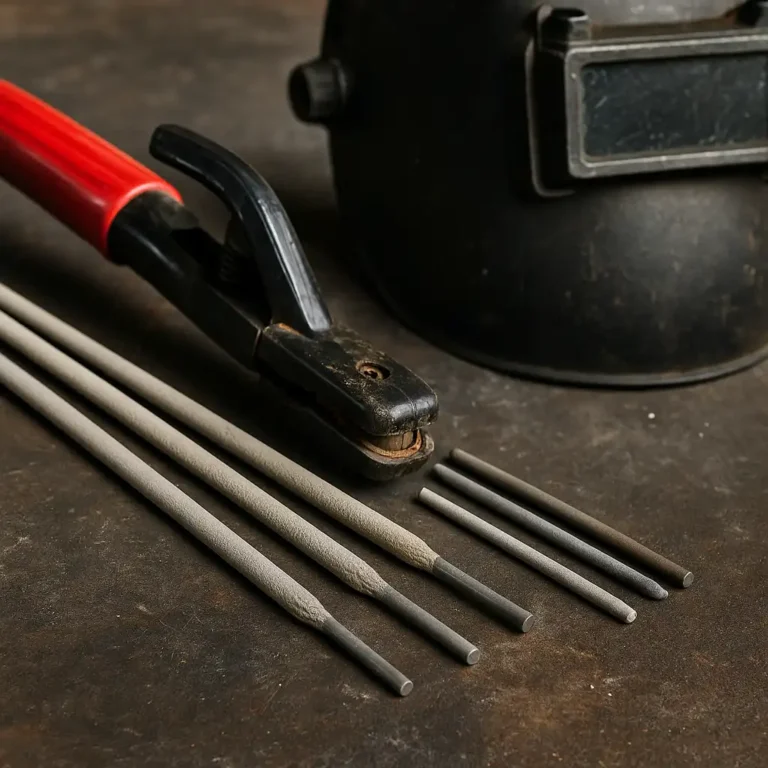Essential Welding Tools – Gear That Works for Real Projects
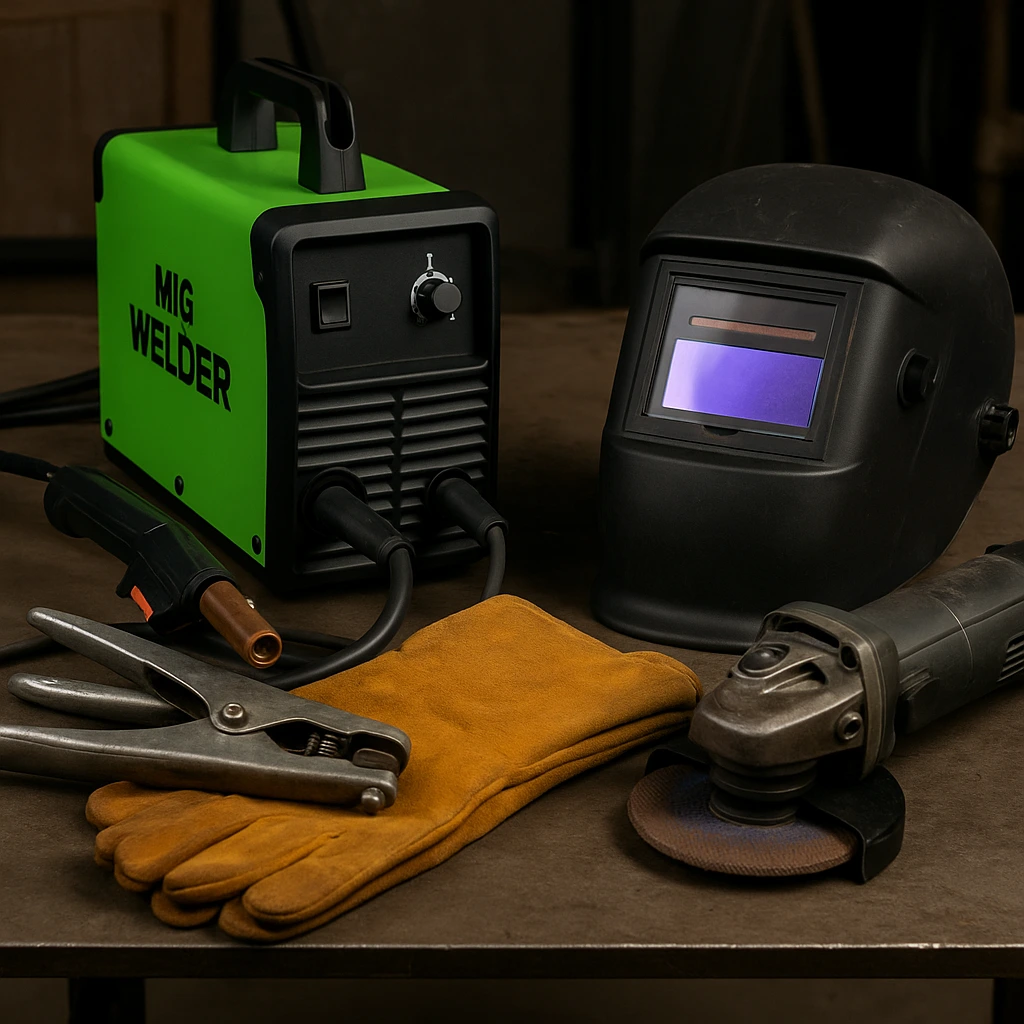
Disclosure: This post contains affiliate links. As an Amazon Associate, I earn from qualifying purchases—at no extra cost to you.
Last Updated: August 5, 2025
Whether you’re striking your first arc or setting up a serious home welding station, the gear you choose makes a big difference. The right setup isn’t about buying everything in sight—it’s about having the tools that actually help you lay clean beads, stay safe, and get better with every pass.
This guide walks through the essentials for any shop or garage welder, from first-timers to seasoned metalworkers. If you’re still building out your gear list, check out our post on Beginner Welding Kits for solid starter bundles.
Safety Gear Every Welder Needs
You can’t skip safety. Whether you’re tacking steel or doing multi-pass joints, these are non-negotiables:
- An auto-darkening helmet makes it easier to see clearly without flipping your hood between tacks. You’ll want something reliable—comfort and visibility matter more than bells and whistles.
- Get gloves that match the job. Thick leather for stick, lighter for TIG. Most welders keep more than one pair.
- A flame-resistant jacket or apron helps protect your chest and arms without turning the booth into a sauna.
- Steel-toe boots are a must when you’re working around heavy gear or hot metal.
- Clear safety glasses should be on before you even fire up the grinder.
→ Need better protection? See our guide on Top Welding Helmets.
Core Tools for Setup and Maintenance
This is your daily driver gear—stuff you’ll use on almost every weld:
- Your welding machine should match your style. MIG and Stick are great for getting started. If you’re running TIG, make sure your setup has fine control.
- Ground clamps and leads are underrated—cheap ones cause headaches. Good contact equals better arcs.
- An angle grinder will probably see more use than anything else in your shop. Prep, cleanup, cutting—you name it.
- Stick welders need a solid chipping hammer and a wire brush for slag removal. Keep ‘em close.
- Clamps and magnets keep metal where you want it while you weld. No more chasing parts mid-pass.
- And even a basic steel-top welding table makes a huge difference for comfort, safety, and positioning.
→ Want more options? Explore our picks for the Best Welding Machines
Upgrade Tools for Advanced Welders
Already got the basics down? These upgrades can help speed things up or clean things up:
- A plasma cutter saves time on cuts and gives cleaner edges than grinding.
- A foot pedal for TIG lets you fine-tune your heat while keeping hands steady.
- Fume extractors are a big help in tight spaces. Clean air = clearer thinking.
- Positioners and turntables can turn tricky welds into simple spins—great for pipe or circular parts.
- A digital multimeter helps keep your welder dialed in and your connections solid.
You don’t need these day one—but once you’re welding regularly, they make life easier.
Where to Start if You’re New
If you’re just getting into welding, keep it tight and simple:
- Starter kits with gloves, a helmet, and a welder can get you rolling quickly.
- Stick welders are a great way to learn puddle control and heat management.
- Budget-friendly MIG machines are easier to pick up and forgiving on common steel.
- Use practice tools like magnets, scrap coupons, and a reliable hood so you can focus on technique—not fighting gear.
→ Check out: Best Welder for a Beginner
Tools for Specific Welding Types
Not all tools work across the board—each welding method has its own must-haves:
- MIG welders need wire spools, replacement tips, and a regulator + gas bottle.
- TIG setups call for sharp tungsten, a foot pedal, and a gas lens kit.
- Stick welders need a rod holder, storage tube, and tools for knocking slag off cleanly.
Most folks start with one style—then branch out as projects and needs grow.
Tools That Are Worth Skipping (for Now)
There’s always gear that looks cool but doesn’t pull its weight when you’re just getting started.
You can skip:
- CNC plasma systems—they’re powerful but pricey and overkill for basic fab work.
- Fancy carts with Bluetooth inventory screens—neat, but not necessary.
- Overhyped multi-tools that claim to do everything and end up good at none of it.
- More than one grinder—get good with one before doubling up.
Spend on what actually makes your welding better. Upgrade later once you’ve earned the need.
FAQ
Can I weld at home without a full table setup?
Yes. A flat steel plate on sturdy sawhorses works. Just make sure it’s fire-safe and stable.
What’s the easiest welding style to start with?
Stick is simple and forgiving. MIG is also beginner-friendly and faster once you get the hang of feeding wire.
Do I need expensive gloves or a jacket?
Not right away. Focus on heat protection and fit. As you weld more, you’ll figure out what’s worth upgrading.
Should I buy a fume extractor?
If you’re welding indoors or in a small garage, yes. Breathing clean matters. For short outdoor work? Not critical at first.
Conclusion
Whether you’re setting up your first garage booth or dialing in a jobsite rig, the right tools make every weld easier—and safer. Start with the gear that helps you learn and grow, then build out your setup as your skills take shape.

